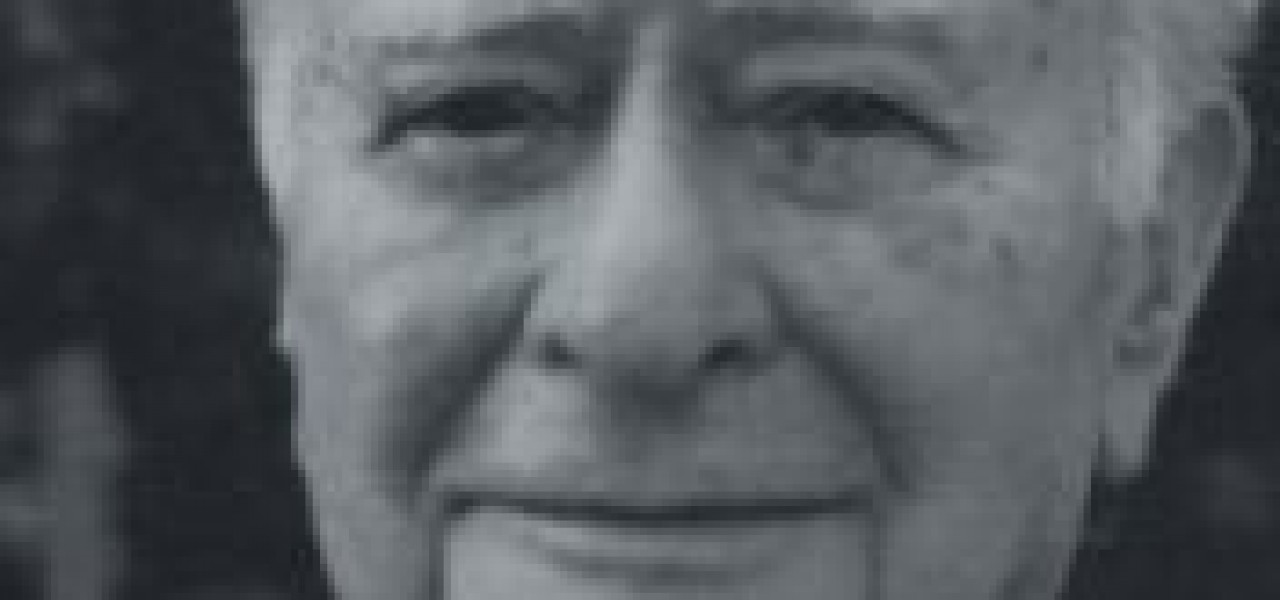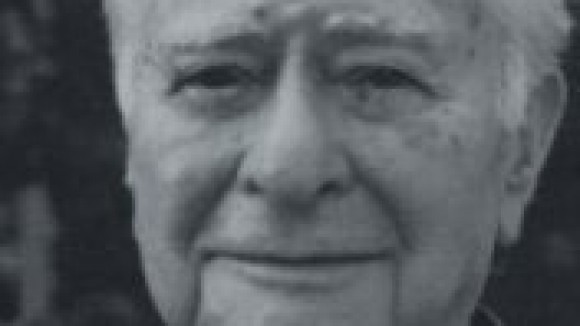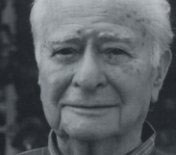

MYRON WALDMAN 1908-2006
 We’ve just received word that animator and director Myron Waldman died Saturday morning, Feb. 4, at the age of 97 at Long Island hospital. A major figure at the Fleischer and Famous studios, Myron remained active as an artist until shortly before his illness and death. He leaves behind his wife Rosalie, two sons and grandchildren. Mike Dobbs furnished the following information:
We’ve just received word that animator and director Myron Waldman died Saturday morning, Feb. 4, at the age of 97 at Long Island hospital. A major figure at the Fleischer and Famous studios, Myron remained active as an artist until shortly before his illness and death. He leaves behind his wife Rosalie, two sons and grandchildren. Mike Dobbs furnished the following information:
Waldman, while at Fleischer, created Betty Boop’s pet dog Pudgy and the donkey duo, Hunky and Spunky. He did outstanding work on the Fleischer Superman (Billion Dollar Limited, Magnetic Telescope) series and directed the two-reel Raggedy Ann and Raggedy Andy short. He was a director on the second Fleischer feature, Mr. Bug Goes to Town, and worked and the Popeye series as well.
Born in 1908, Myron joined the Fleischer Studio in 1930 after he graduated from the Fine and Applied Arts program at the Pratt Institute. At the studio, he started as an opaquer and then moved into the inking department. After winning a studio competition, Waldman was promoted to the in-betweening department and was given his own animation unit in 1933. He once told me it was a thrill to have the chance to animate Ko-Ko the Clown in early Betty Boop cartoons as Ko-Ko had been a favorite of
his while growing up.One Boop of which Waldman was particularly proud is A Language All My Own (1935). Betty Boop was very popular in Japan, and this short was designed to appeal to the Japanese market. In the short, Betty travels to Japan and performs there. Myron wanted to make sure that none of her gestures and movements would offend the Japanese, so he asked a number of Japanese exchange students to check his work.He once carried in a script for one of the studio’s Stone Age short into Dave Fleischer’s office at the end of a stick. When Dave asked why he was doing that, Myron replied. “Because it stinks!” Waldman could put a roughhouse gag across, but he frequently was put on what he described as “ooo and ahh” shorts, those with sentiment. Waldman returned to animation after serving in the Army during World War II. He worked at Famous Studios on Screen Songs, Little Lulu, and particularly the Casper shorts. He wasn’t content just with a career in animation, though. He branched out to create a “novel without words,” Eve which was a critical success when it was published in 1943. He was the artist on the children’s Sunday comic strip Happy the Humbug. In the 1960s and ’70s, he worked on a number of Saturday morning series, and was the director on the pilot for the Out of the Inkwell TV cartoon series produced by Hal Seeger. Seeger, a former Fleischer Studio employee, had convinced Max Fleischer not only to sell him the rights to do the series, but to appear in the pilot episode as well. For his final appearance with his silent screen co-star, Waldman recalled that Fleischer had his hair dyed for the occasion.Myron was one of the last living links to the Fleischer studio that continues to influence animation today.
On a personal note, I met Myron and Rosalie many times over the years. Their hospitality and warmth will never be forgotten. Myron was one of the greats. Rest in peace.(Thanks, Mike Dobbs)
